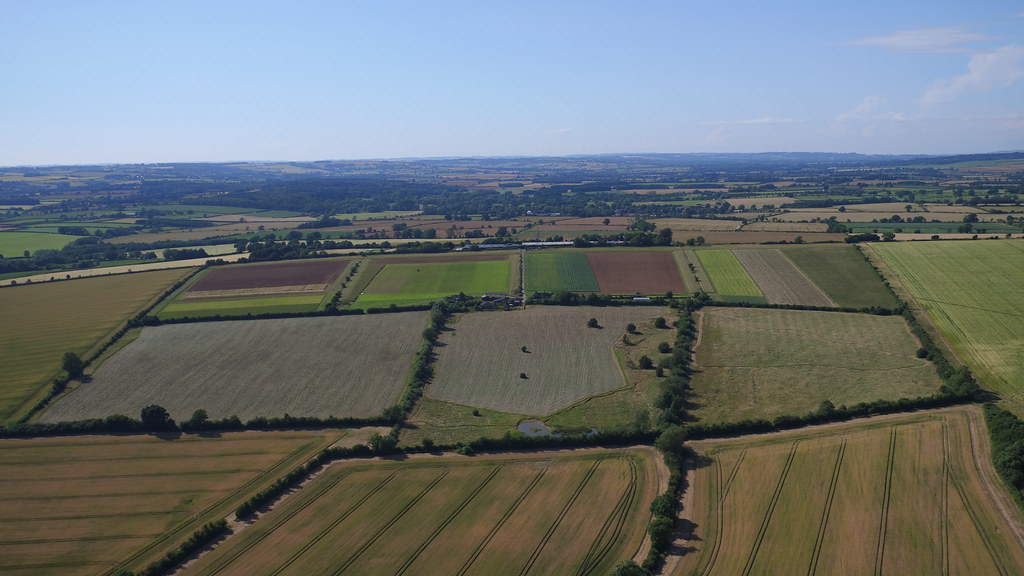How to Prune a Heritage Orchard
We learned how to prune the Honeydale Heritage Orchard last week.Last year Andy Howard from the Heritage Fruit Tree Company near Banbury hand-grafted dozens of regional species so that we had 250 trees to plant, including 144 apples, 35 cherries, plus apricot, damson, gage, mulberry, nectarine, peach, pear, plum, quince and nectarine, and he was happy to come back to Honeydale to teach us how to prune them.
He began by telling us how a tree grows. This is vertically, via a leading tip, which releases growth hormone saying ‘reach for the sky,’ as Andy puts it. Fruit however, grows on the horizontal, so there are two types of bud on a tree. A growth bud is thinner and pointier, tends to be found on wood that’s a year old, and has faster vertical sap. A fruit bud is fatter, plumper and rounder and is found on 2 year old wood and produces slower sapped horizontal wood. Growth buds grow in a corkscrew position whereas fruit buds grow on small side branches or spurs.
Our trees are still in the formative stage, so require formative pruning, which involves making the shape of the tree that it will become when you start off with a maiden (a straight upward growth tree that's 1 year old that has been grafted and then had a full growing season.) From a maiden, via pruning, you can make a bush, ½ standard or standard, or cordons, espaliers, pyramids or ballerinas. It’s all in the pruning. The leader needs to be pruned 2 foot from the ground in the first winter, 4ft in the second for a ½ standard and 6 foot in the second winter for a standard.
With five of us working flat out we had most of the apples checked and pruned by lunchtime. We will revisit the other species in May.
.png)







0 comments: